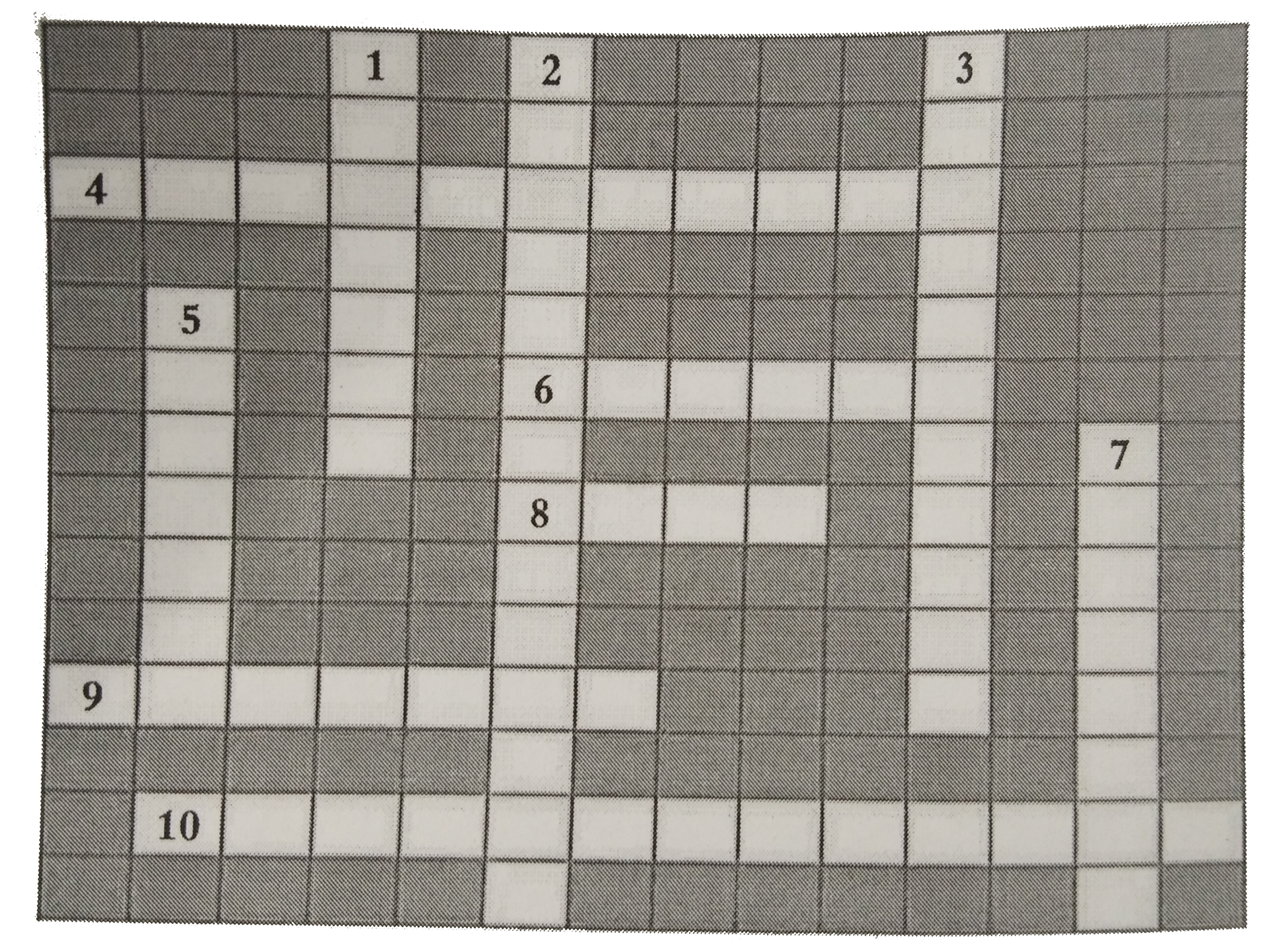The arrangement of veins on the leaf lamina is called
Phylotaxy
Venation
Inflorescence
All
Step-by-Step Solution:
1. Understanding the Leaf Structure: The leaf has different parts, and one of the key components is the leaf lamina, which is also known as the leaf blade. This is the flat part of the leaf.
2. Identifying the Mid-Rib: In the center of the leaf lamina, there is a structure called the mid-rib. This mid-rib is important as it supports the leaf and is the main vein from which other veins branch out.
3. Recognizing the Veins: The veins are the structures that run through the leaf lamina. They are responsible for transporting water, nutrients, and food throughout the leaf.
4. Defining the Arrangement of Veins: The arrangement of these veins on the leaf lamina is what we are trying to identify. This arrangement is specifically referred to as "venation."
5. Types of Venation: There are two main types of venation:
- Parallel Venation: This type is found in monocot plants, where the veins run parallel to each other. An example of this is grass leaves.
- Reticulated Venation: This is found in dicot plants, where the veins form a network or branching pattern. An example is the leaves of a mango tree.
6. Conclusion: Therefore, the arrangement of veins on the leaf lamina is called "venation."
Final Answer: The arrangement of veins on the leaf lamina is called venation.
---
- Parallel Venation: This type is found in monocot plants, where the veins run parallel to each other. An example of this is grass leaves.
- Reticulated Venation: This is found in dicot plants, where the veins form a network or branching pattern. An example is the leaves of a mango tree.
Topper's Solved these Questions
- STRUCTURE AND FUNCTIONS OF PLANT PARTSBook:BETOPPERSChapter:STRUCTURE AND FUNCTIONS OF PLANT PARTSExercise:CONCEPTIVE WORKSHEET
Explore 52 Videos
- STRUCTURE AND FUNCTIONS OF PLANT PARTSBook:BETOPPERSChapter:STRUCTURE AND FUNCTIONS OF PLANT PARTSExercise:SUMMATIVE WORKSHEET (MULTIPLE CHOICE QUESTIONS)
Explore 10 Videos
- SOILBook:BETOPPERSChapter:SOILExercise:SUMMATIVE WORKSHEET
Explore 14 Videos
Similar Questions
The arrangement of veins and veinlets in the lamina of leaf is termed as____
View Solutionprovide the scientific terms for the following:
(i)The leaf without a petiole(stalk).
(ii)The flat and expanded portion of a leaf.
(iii)Orderly arrangement of leaves on the node.
(iv)Lateral appendages on either side of the leaf.
View Solution
Knowledge Check
Function of veins in leaf blade is
AExchange of gasesBAssimilation of foodCProvide rigidityDTranspirationA swollen leaf base is called
APulvinusBAmplexicaulCWindgeDSheathing leaf base.The arrangement abnd folding of each lamina without any relationship with other leaves in bud, is called
APtyxisBVernationCAestivationDPhyllotaxy
Arrangement of leaves on the stem with one leaf arising from each node is known as alternate arrangement.
View Solution
AcrossDown4.Green pigment in leaf1.Tiny pores present on leaf6.Male part of the flower 2.Preparation of food in plants8.Area of the stem where leaves arise 3.Transfer of pollen grains9.Stalk of a flower5.Shoot part of a baby plant 10.Fusion of gametes7.Arrangement of veins in the leaf
View SolutionArrangement of leaves in a plant is called as ______.
View Solution(i) Arrangement of lateral root on tap root is ....A……
(ii) Arrangement of flower on floral axis is called …...B…….
(iii) Arrangement of ovule in ovary is called as …..C……
View SolutionThe small pores present in the epidermis of the leaf are called
View Solution